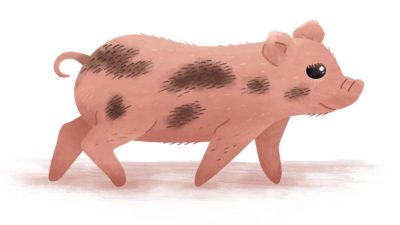
Pig
A baby pig is called a piglet! It takes 115 days for a female pig to give birth to a baby piglet. A mommy pig, known as a sow, can give birth on average to up to 12 piglets at one time!

A baby pig is called a piglet! It takes 115 days for a female pig to give birth to a baby piglet. A mommy pig, known as a sow, can give birth on average to up to 12 piglets at one time!
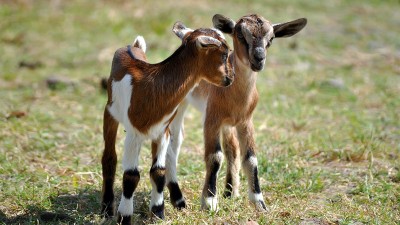
A baby newborn goat is called a kid! Kind of like you! The mother goat is called a doe or a nanny while the father goat is called a billy or a buck.
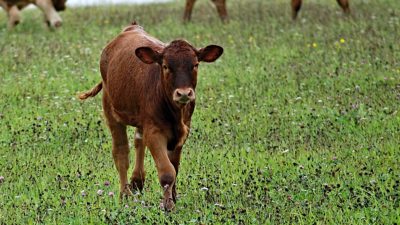
Like some other animals, baby cows, or calves, can stand and walk on their own very quickly after being born.
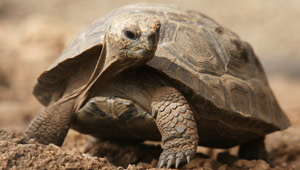
Tortoises have thicker shells than turtles. Some turtles can live in water, but tortoises do better on land. A tortoise shell is shaped like a dome, while turtle shells are more flat.
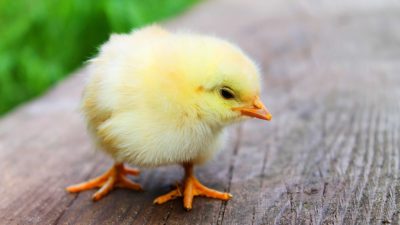
Female baby chickens are called pullets while males are called cockerels.
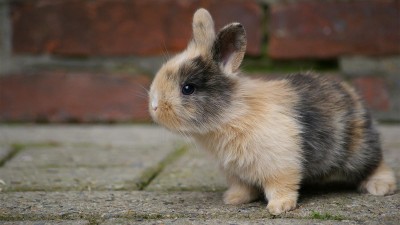
Baby rabbits are so cute and fluffy. They don’t start this way. Actually rabbits are born hairless and look more like a rodent.
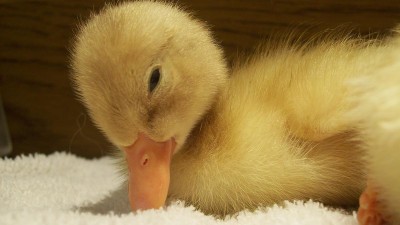
Baby ducks will remain under the mother’s care where they will be protected from the cold and enemy predators.
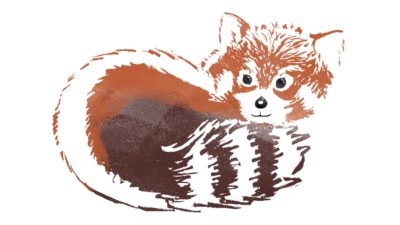
More closely related to the weasel, racoon and skunk than the giant panda, red pandas have a beautiful color and bushy tail.

With over 3,000 species of snake, be careful to choose the right one for a pet.
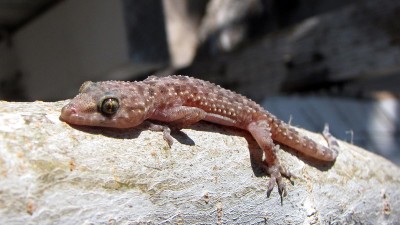
Baby lizards are very independent. They can survive without their mother right after they come into this world.
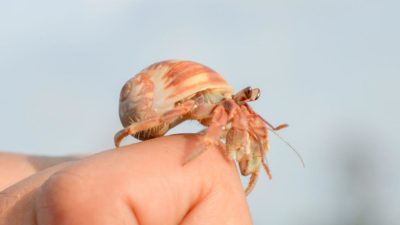
Hermit crabs babies go through several stages in their early life. When they are laid down in the ocean they are known as zoea. In this stage of life, they look like larvae and sometimes are eaten by fish – yikes!
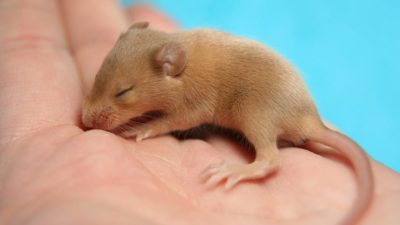
They are born blind and deaf. They have bare skin the first few days after birth, and their skin is usually red.
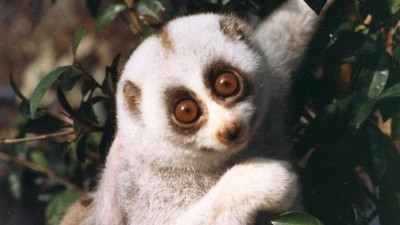
Sloths have one baby per year, or less. Babies cling to their mother’s fur as an infant and are sturdy enough to survive falls.
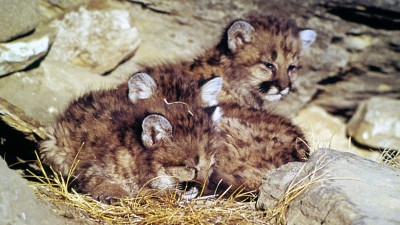
When pumas are born, they are usually born in a litter, typically one to six puma cubs in each litter.
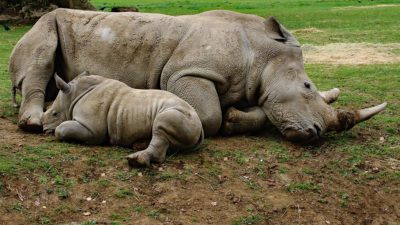
Rhinos live in Africa and South Asia and include several kinds of rhinos, like black, white, Indian, Sumatran and Javan.

These black and white mammals are related to horses and are as independent at birth, able to stand and walk freely almost immediately after birth.

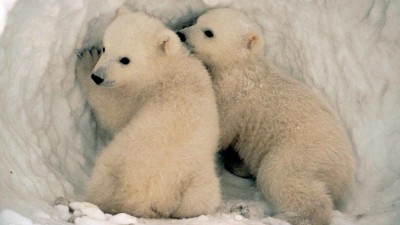
Baby polar bears are known as cubs. In the wild, they are born in the shelter of their mother’s den.

Born blind, a baby otter is cared for by his mother, father, as well as older siblings.
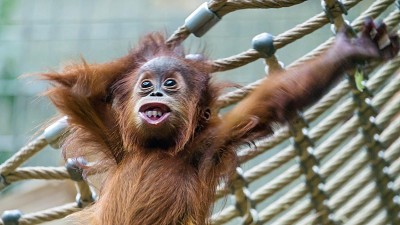
Orangutan babies have wrinkled faces, feet and hands, which are very thin. Their muscles begin to appear only after they start to climb trees.
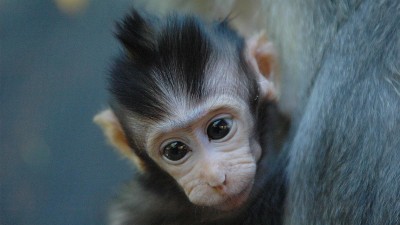
Baby monkeys, called infants just like us, are cute and playful. They can often be found hanging on their mom’s back.
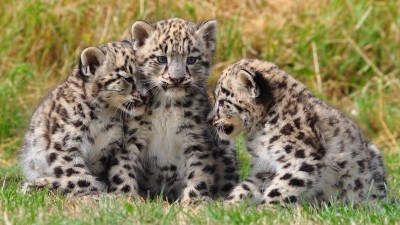
Baby leopards are born blind and helpless. They are small and weigh just about half a pound.

Hippos are semi-aquatic mammals that inhabit in rivers, mangrove swamps, and lakes. Hippos spend most of their time in water and move to land during night time.
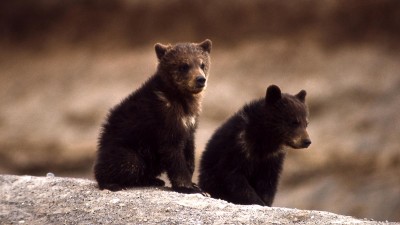
Little grizzly bears are born blind and without fur. At birth they weigh about a pound, but they gain weight quickly because mother’s rich milk contains 33% fat.

Newborn gorillas weigh about three to four pounds at birth and are nursed by their mothers for about two and a half years.
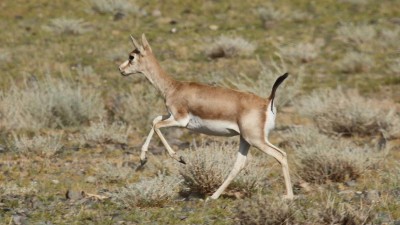
Gazelles are a type of medium-sized antelope found in Africa and Asia—as far east as Mongolia.

Pronounced ‘eye eye’, Aye ayes come from the lemur family and are found on a small island off of Africa’s southeastern coast.
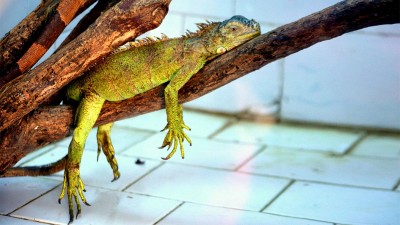
Iguanas, like all reptiles, come from eggs. The mother iguana digs a burrow in the ground to make her nest, laying about 40 to 50 eggs at a time.
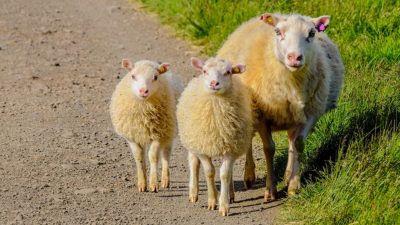
At the time of birth, a lamb usually weighs five to eight pounds.
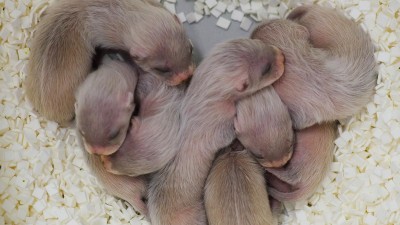
They are born blind, deaf and almost without any fur. Most of the time a baby ferret has to depend on its mother for the first four weeks for care.
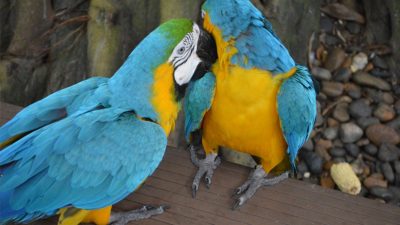
A parrot typically hatches out of its shell completely naked and blind!

A mother turtle lays about 150 to 200 eggs each clutch and covers them with sand then returns to the ocean.
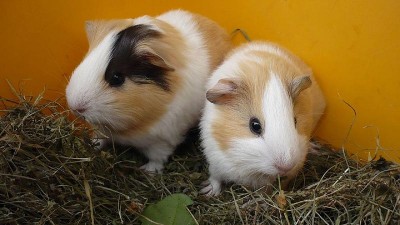
Guinea pigs are domestic rodents that many people enjoy raising at home.
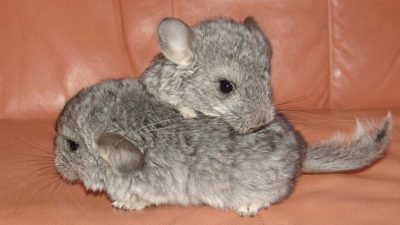
Baby chinchillas are fun little balls of fur! Did you know they don’t wash up with water? They use dust!

When they are born they spend their time sleeping and are awake for a very short time period throughout the day.
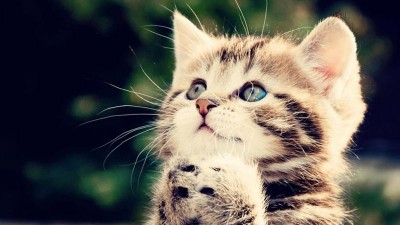
Kittens could be nature’s cutest baby animal! These adorable pets are simple to care for and make great companions.
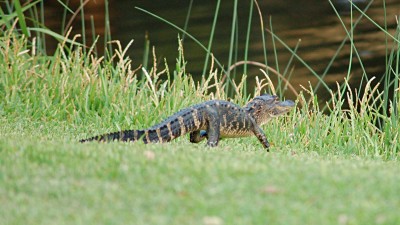
Alligators are reptiles which can been found in many areas across the world including the China Republic and United States of America.

Koalas are marsupials, like kangaroos they give birth to joeys who crawl into their mom’s pouch immediately after birth..
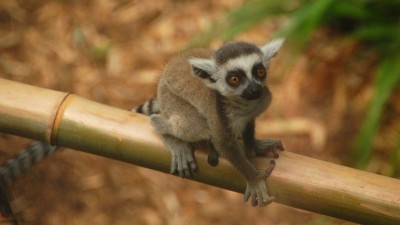
Baby lemurs are called pups, and at the time of birth, a pup weighs about 100 grams, about the weight of a cup of water.
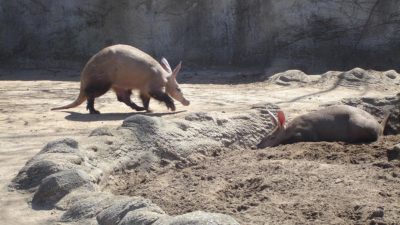
Known in Africa as antbear, anteater, earth hog or earth pig, an aardvark is a medium sized nocturnal mammal native to Africa.
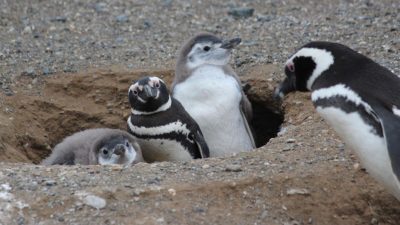
Penguin parents takes turns leaving to hunt and caring for eggs. Most penguins lay two eggs at a time to increase chances of survival.
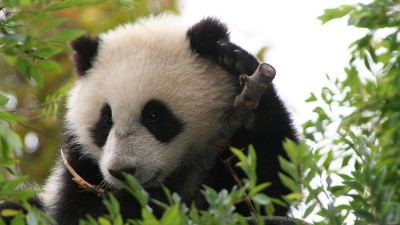
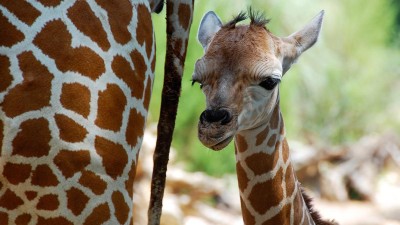
At birth, baby giraffes are dropped about six feet onto the ground from their Mom, imagine how scary that must be.
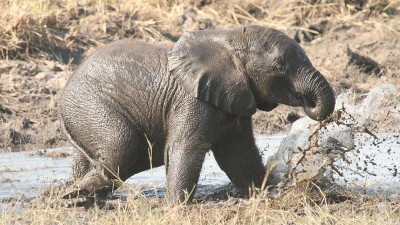
Baby elephants spend almost two years inside their mother’s womb. Typically about 33 in (or 85 cm) tall and weighing about 120 lbs, elephant calfs are fairly mature and able to stand and walk on their own at birth.
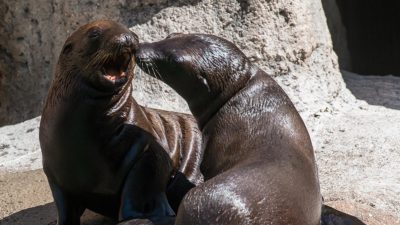
Typically born one at a time, sea lion pups are mammals that rely on their moms to supply milk and safety.
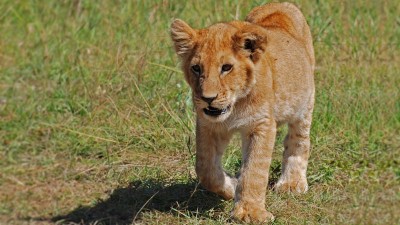
Lion cubs are the pride of their family. Lion moms have 3–6 cubs at a time!